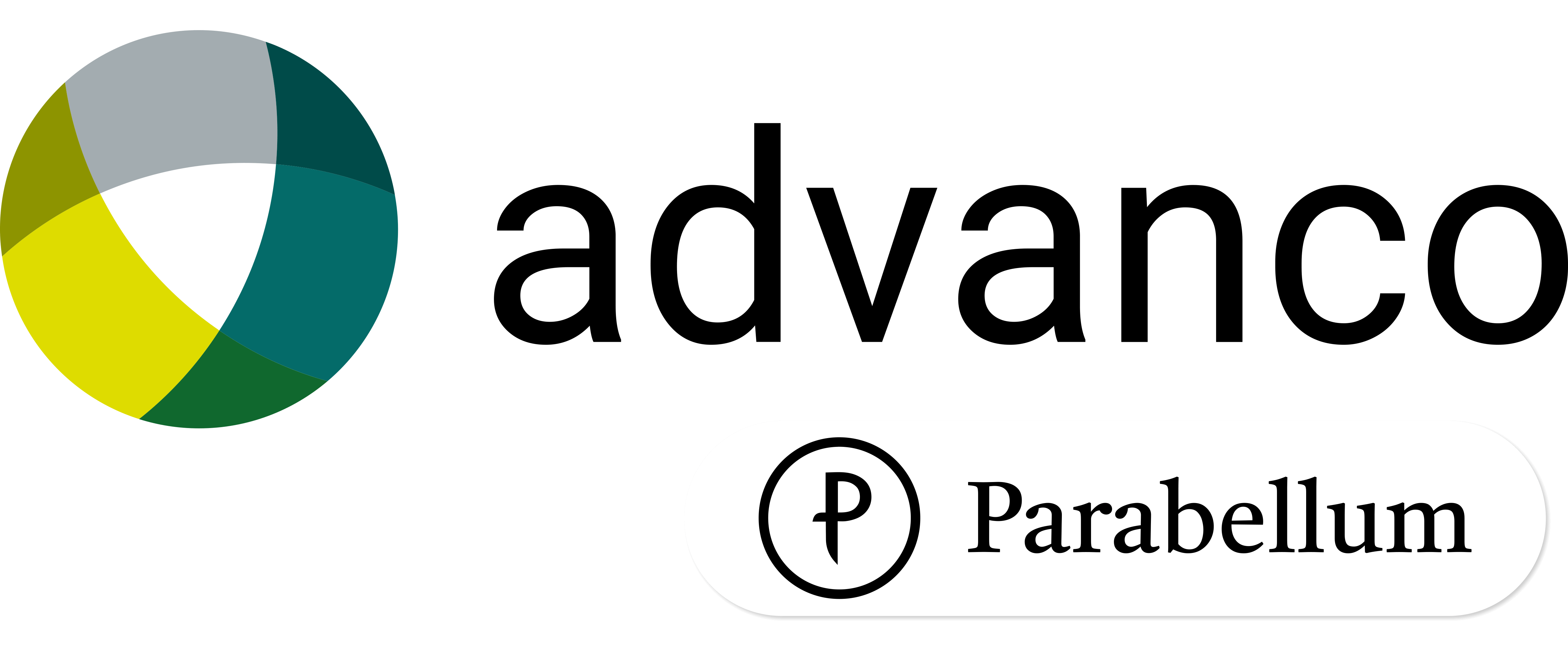The past, present and future of track and trace
The old saying, “if you blink, you’ll miss it” increasingly applies to serialization technology.

Changes are coming at us from all angles. The technology that powers the entire pharmaceutical sector is changing at lightning speed, and specific supply chain demands are transforming every day. The fourth industrial revolution, or Industry 4.0. also continues to encroach on established working methods, causing a seismic shift on the look, feel and sounds of the typical packaging line. The wider economic climate is also making its presence felt daily, with firms having to re-evaluate how many staff are on their payrolls, and of course, the shadows caused by Covid continue to bite.
It is essential for the track and trace to cut through all of this “noise” and continue to devise the best possible solutions for their clients. These clients could be in the pharmaceutical sector, or in other industries which are increasingly recognizing the importance of what serialization technology can do for them, such as the food and luxury goods sectors.
Therefore, against such a constantly-changing backdrop, let’s take a moment to reflect on the history of serialization – and look at what lies in store for the sector.
A brief, potted history
The full history or serialization is complex, with multiple updates – so for the sake of time, let’s just look at some of the key moments.
One of the early, key exponents of serialization was US president, Bill Clinton. In 1999, following a report by the US institute of Medicine, he placed patient safety, notably lobbying to prevent errors at the point of dispensing medicines on the agenda of federal government and continued to lobby for changes after his presidency.
In 2003, the US Food and Drug Administration (FDA) mandated barcoding on unit doses and in the same year, the World Health Organization (WHO) published a report recognizing the scale of the counterfeit medicine challenge stating that 10% of medication worldwide was counterfeit.
We saw the tide beginning to turn in the year 2005, with several countries starting to set deadlines for implementation. However, after making some strides towards securing the supply chain, the challenge became less of a priority during the financial crisis in 2008.
As the global economy has improved, slowly the momentum has shifted. Turkey introduced serialization requirements in 2009 and other markets such as China, South Korea and India have regulations in place. With the EU Falsified Medicines Directive (FMD) coming into effect in February 2019 and the US introducing legislation in November 2017, as part of the Drug Supply Chain Security Act (DSCSA), it’s expected that more than 75% of global medicines were covered by some form of track and trace regulations by 2019.
The growth of serialization continues. Most recently, traceability legislation has been mandated in the Middle East and North Africa (MENA) to combat the growing problem of counterfeit medicines. If MENA’s pharmaceutical companies fail to achieve compliance, they face being fined, or even getting barred from product launches which could potentially lead to significant business and financial implications.
Following this brief history lesson, let’s turn our attentions to the present moment – and a look at what the future holds.
A snapshot of the present
Serialization of the present day is characterized by digitally driven connectivity, creating new levels of transparency that have never been seen before.
We are now seeing a move towards local production and sourcing through the repatriation of supply-chains into Europe and the USA, resulting in a much more agile supply chain overall – with digital systems powering this right from its very core.
Track and trace systems assist governments in tax control by monitoring the movement of goods and tracing their transactions. These systems ensure compliance by enabling authorities to track the entire supply chain, identify tax evasion, and implement effective tax collection mechanisms.
The rapid uptake of digital barcode scanning systems combined with the very latest, cutting-edge technology, has made supply chains much more secure – and ongoing technical advancements mean it will continue to get even more watertight and secure in the future, powering automatic, time-sensitive supply chain processes in warehouses, factories, and manufacturing facilities.
These processes are already lessening the need for human management and creating optimal outcomes while eliminating the risk of error due to manual processes. As we move forwards, we will see this develop even further.
A look to the future of serialization technology
The fourth industrial revolution, or Industry 4.0., has already started to rewrite the very DNA of packaging processes.
The evidence for this is all around us, with many functions already being carried out by robots. Long gone is the chatter of an army of people on the factory floor; instead, often all that can be heard is a multitude of space-age machines speaking with each other, all powered by the cloud. Indeed, with the advancement of cloud-based applications, data storage is no longer such a big challenge as it was in the past and is no longer a barrier to future innovation when it comes to the historical problems previously associated with storing and exchanging large volumes of data.
However, it is far too futuristic to simply say that the future will all be about robots. Yes, they will have a role to play – but there will still be room for the human touch, with the serialization sector being very much characterized by a hybrid model of working. A hybrid cloud model is a mixed computing environment where applications are run using a combination of computing, storage, and services in different environments. This might include public clouds and private clouds, including on-premises data centers or “edge” locations.
Indeed, a hybrid model such as this is likely to provide the biggest guarantee to packaging departments that production is likely to continue in the face of problems that could crop up anytime, such as the ever-present potential for a power outage. A practical example of this would involve small appliances, capable of powering the packaging machines during an offline period, including a UPS battery backup. When the systems are back online, records are transferred to the cloud.
This hybrid model will also come into its own when it comes to security. An on-premises appliance will function solidly as a security gateway between the packaging line and the cloud.
Even when it comes to robotics, we are likely to see robots designed to interact physically with humans in collaborative environments. Working alongside people, they will increasingly become key to optimizing production and saving employees from doing monotonous and dangerous tasks.
In this rapidly evolving landscape, pharma track and trace systems also offer significant opportunities for reducing carbon footprints in packaging processes. By optimizing supply chain logistics and enabling efficient resource utilization, these systems contribute to sustainable practices, minimizing energy consumption, waste generation, and carbon emissions. This focus on environmental responsibility aligns with the growing demand for eco-friendly packaging solutions.
Looking ahead, sustainable packaging materials and technologies will play a crucial role in the future of serialization technology. As environmental concerns grow, the industry is embracing innovative solutions. Bio-based and biodegradable packaging materials, along with recyclable and compostable options, are gaining prominence. Advanced technologies such as smart packaging, incorporating sensors and IoT connectivity, will enable better tracking, quality control, and waste reduction throughout the supply chain. These sustainable advancements will enhance the efficiency and environmental footprint of serialization processes.
Conclusion
It is no exaggeration to say that the serialization sector never stands still. It is a complex, constantly evolving beast, one that will continue to be defined by technology as we move forward into a new, hyper-connected era.
However, despite technology being essential – it will not be in the driving seat. Humans will continue to play a vital role, even if they do have to share their working space with robots and other smart AI-powered devices.



